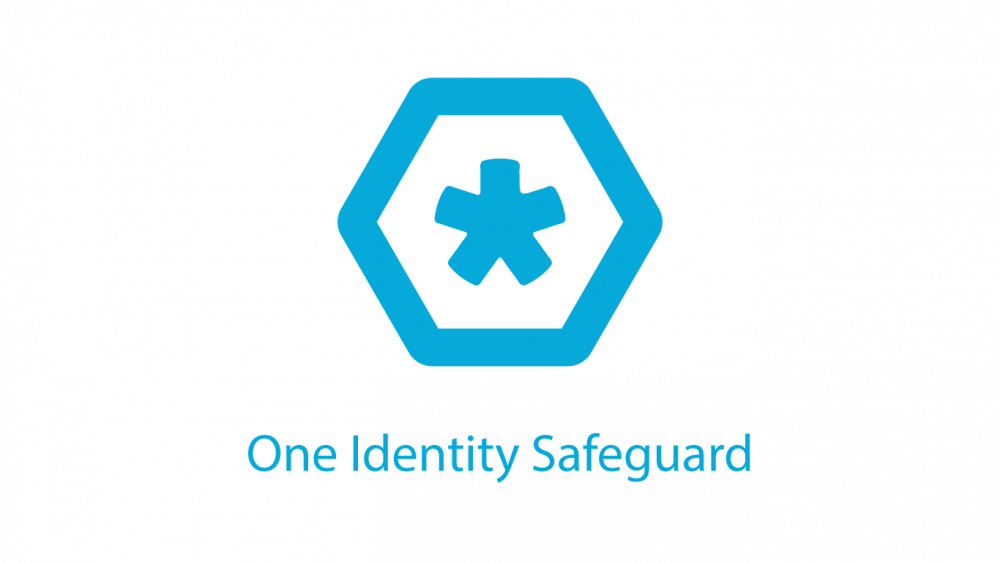Privileged IAM
What Is Privileged Access
Management?
Privileged access management (PAM) refers to technologies and practices that allow businesses to better regulate and monitor who has privileged access to a computer or information system. It’s a branch of the Identity and Access Management area (IAM).
Privileged access management typically includes definition of roles for users and granting required privileges, or access rights, for those roles. It also entails disseminating user information and access grants to all devices and systems in the organization that enforce access permissions. Furthermore, it usually includes monitoring what privileged users do and assessing their activity for irregularities.
Privileged IAM
Services
Organizations can automatically provision/deprovision privileged user and admin accounts and then control and secure the process of granting privileged credentials with role-based access management and automated workflows: PAM solutions start by recognizing all un-required accounts and stripping down the privileges of necessary accounts to the bare minimum. Permissions are then incrementally added. After this, privileged accounts are isolated from standard accounts to reduce the risk of credentials getting stolen.
All temporary privileged account access should be implemented following the principle of Least Privilege which is one of the best ways to prevent unauthorized use of privileged accounts. The idea is to narrow pathways and, therefore, reduce exploitation risks. That means limiting privileges for people, processes, applications, and choosing a granular delegation approach, providing appropriate access to the right administrators so they can do their job.
Best practice demands that organizations switch to single identity privileged accounts, but shared privileged accounts still exist in many organizations. They are used for platforms and network tools like servers and databases as well as applications and email addresses. Often the particular resource leaves no option but to use one shared credential. When companies create passwords for shared accounts, they are opening themselves up to serious risk especially if they are not monitored. Organizations should discover and control all privileged accounts and ensure that they are granted to the right people. Access to shared accounts should be monitored by a PAM solution and strictly controlled ideally with alerts set up for unauthorized usage of shared accounts.
Control, monitor, and record users’ sessions with valuable information, allowing them to verify access levels and remotely end sessions if necessary. The system should also record all privileged sessions and make them searchable, so IT administrators can review them later.
This feature eliminates the need to store credentials in clear text in the application. Instead, the application can query the PAM tool for the credentials using REST API to access the vault programmatically and to check out the passwords. The vault injects passwords directly into applications — so that passwords are never exposed — and rotates them according to your policies. Once the application terminates, the memory is deallocated, and passwords are gone leaving nothing for a malicious actor to find. In this way, the application credentials are secured, and access to them is secured, and you can achieve password rotation automatically by assigning strong and unique password without any manual intervention.
It refers to the practice of making organization’s data more secure and protecting enterprise networks against threats originating from on-premises or remote such as mobile devices, desktops, laptops, and other endpoints. Endpoint privilege management solutions offer controlled and monitored privileged access via endpoints and include capabilities such as application whitelisting for endpoint protection.
Single sign-on is a user authentication system that permits a user to apply one set of login credentials to access multiple applications. However, if privileged accounts are not subject to PAM rules, allowing single sign on poses a risk. To overcome this issue, PAM systems are increasingly offering integration with key SSO vendors.
When a threat is recognized, immediate precautions should be taken. A good PAM system should allow you to set up warnings and deal with any account usage issues immediately.








